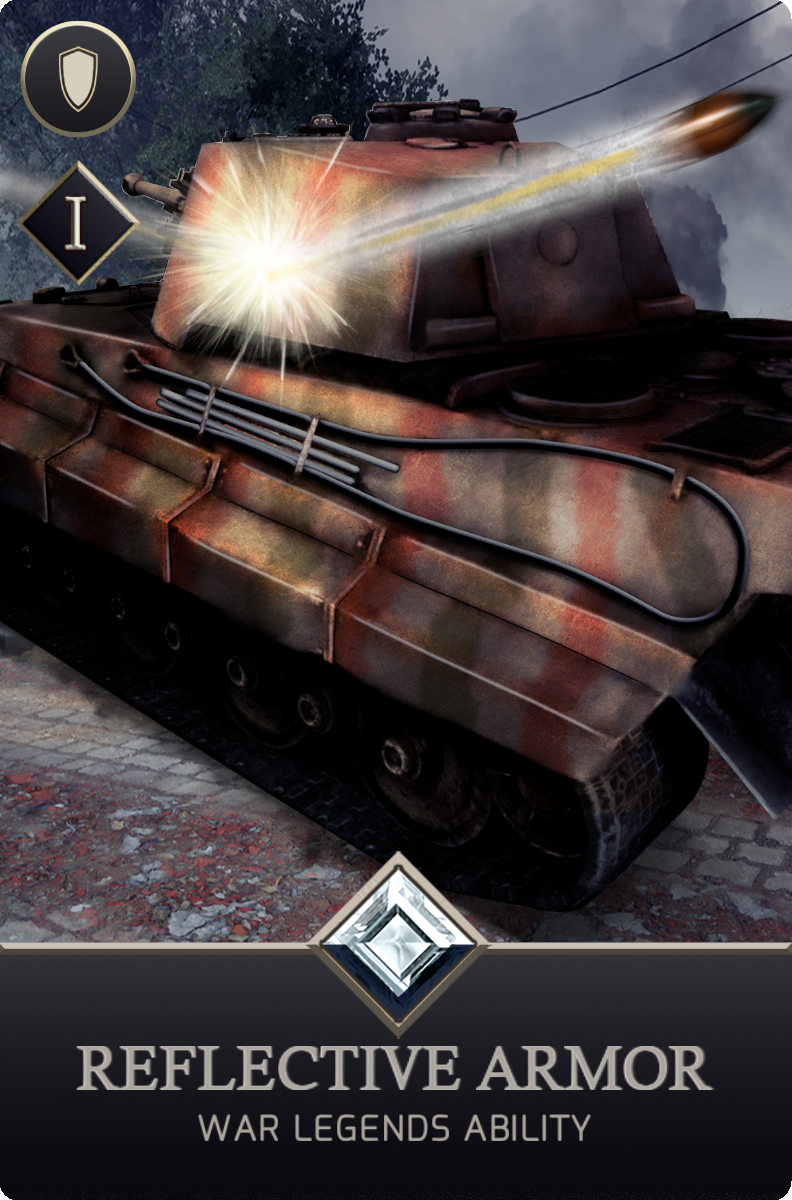


Ability Background
Explosive reactive armor (ERA) consists of a sheet or plate of high explosive sandwiched between two plates. When attacked by a penetrating weapon, the explosive detonates, forcibly separating the metal plates to damage the penetrating target. Against a shaped charge, the projected plates disengage the penetrator, providing a greater length of trajectory for the material to be penetrated. Against a kinetic energy penetrator, the projected plates serve to deflect and break the rod.
Disruption is primarily attributed to the moving plates which change the effective velocity and impact angle of the shaped charge jet. They also reduce the angle of incidence and increase the effective velocity of the jet in front of the plate element. Secondly, because the plates are inclined compared to the usual impact direction of hollow charge warheads, as the plates move outwards, the impact point on the plate shifts over time, forcing the jet to cut new plates of material. This second effect significantly increases the effective plate thickness during impact.
ERA also counteracts explosively forged projectiles, such as those produced by a shaped charge. The counter-explosion must disrupt the incoming projectile so that its momentum is distributed in all directions rather than towards the target, greatly reducing its effectiveness.
ERA tiles are used as additional armor on those parts of an armored fighting vehicle that are most likely to be hit. Their use requires that the vehicle be sufficiently armored to protect itself and its crew from its own blast.
A further complication of ERA use is the inherent danger to anyone near the tank when a plate detonates, although the explosion of a high-explosive anti-tank warhead would already cause great danger to anyone near the tank. Although the ERA plates are only intended to bulge after detonation, the combined energy of the ERA explosive, together with the kinetic or explosive energy of the projectile, will often cause explosive fragmentation of the plate. The explosion of an ERA plate creates a significant amount of shrapnel, and bystanders are at serious risk of fatal injury. For this reason, infantry must operate at some distance from ERA-protected vehicles in combined arms operations.








